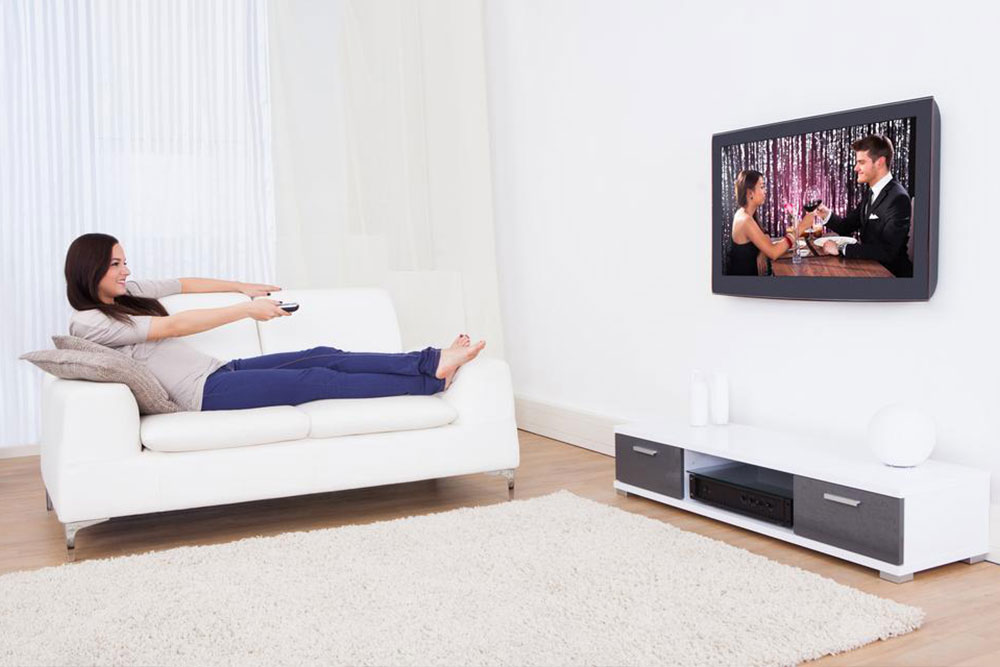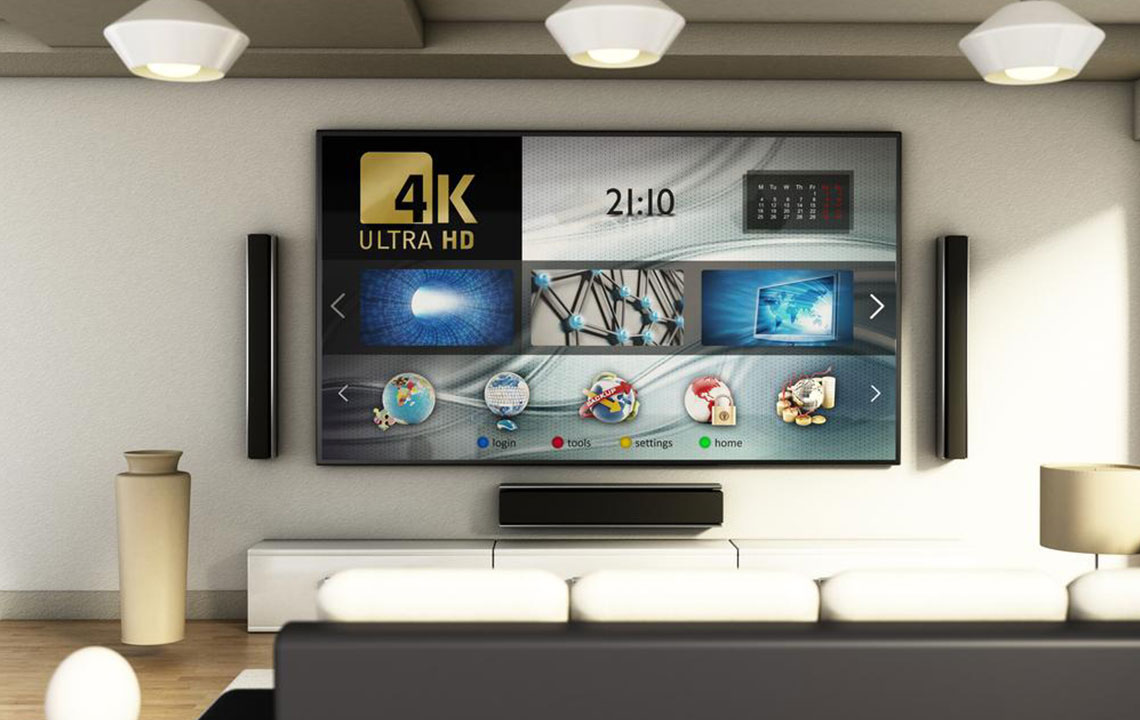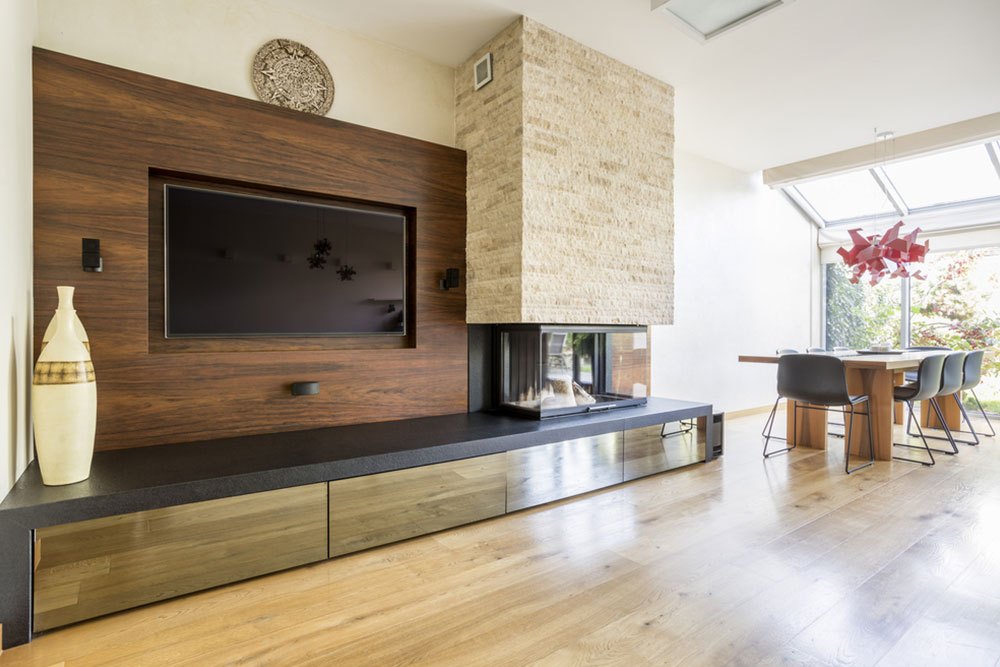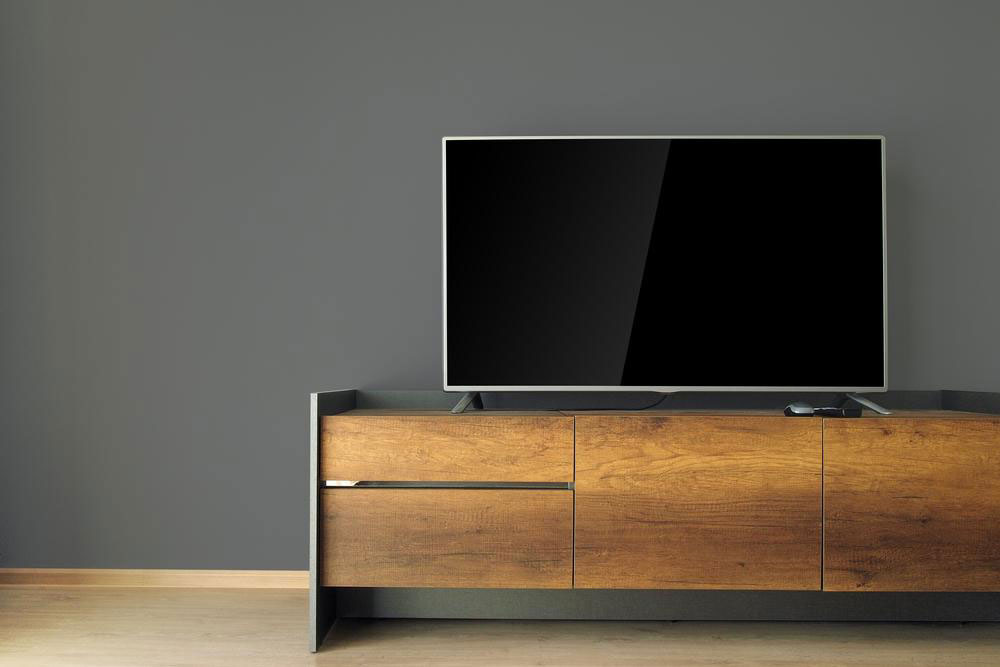Essential Tips for Choosing the Perfect 4K TV
Discover essential tips for choosing the ideal 4K television, including resolution verification, HDR support, technology types, and future-proof features. This guide helps consumers make informed decisions to optimize their viewing experience and ensures they select a device that meets current and future standards.
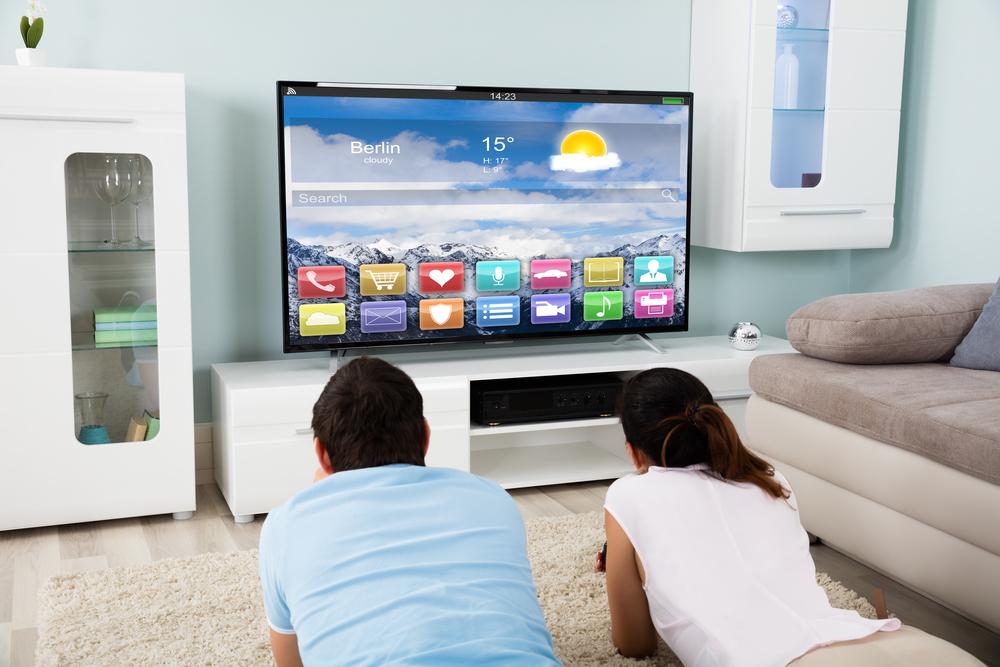
Top Considerations for Selecting a 4K Television
Buying a new 4K TV involves more than just an attractive design or promotional offers. To ensure you get a device that meets your needs, it's important to consider key features before making your purchase. With so many options, brands, and specs available, being informed helps you avoid settling for less. Here's a guide highlighting the crucial factors to consider for an optimal 4K television experience.
Confirm the 4K Resolution: A 4K TV boasts four times the resolution of standard HD, with 3840 x 2160 pixels, offering sharper images, especially on larger screens. Ensure the TV supports true 4K, as some deals may offer only 1080p displays.
A 4K television contains approximately 8 million pixels, delivering clearer visuals and enhanced detail. This becomes especially noticeable on bigger screens. Streaming services like YouTube and Netflix often demand 4K support. During sales, verify the quality to avoid purchasing a 1080p model mislabeled as 4K. Be diligent to choose authentic 4K devices rather than cheaper low-resolution options.
Look for UHD Premium Certification: Ensure your TV meets UHD Premium standards, guaranteeing top-tier features such as minimum 3840 x 2160 resolution, 10-bit color depth, and high dynamic range (HDR). This certification confirms the TV's capability for vibrant colors and future-proofing your purchase.
HDR Support: High dynamic range enhances picture quality by providing richer colors and better contrast. Check for HDR formats like HDR10 or Dolby Vision, depending on your preferred brands, to maximize viewing quality.
Design Type: Flat vs. Curved: Curved TVs were once popular but are now less common, with flat screens being standard. Both types offer excellent picture quality; personal preference and room setup typically influence the choice.
Opt for 10-bit Color Depth: Transitioning from 8-bit to 10-bit color technology vastly improves color accuracy and gradation. For durability and outstanding HDR performance, select a TV supporting 10-bit or higher color depth.
OLED vs. LED Technology: LED TVs are common, providing high brightness levels, but can struggle with deep blacks. OLED screens offer superior contrast and black levels by turning off individual pixels, resulting in more vibrant images. Consider OLED for a premium viewing experience.
Input Lag and Refresh Rate: Gamers should prioritize low input lag and higher refresh rates for seamless gameplay. Reduced input lag ensures faster response times from consoles or Blu-ray players, making gameplay smoother, while higher refresh rates reduce motion blur for dynamic content.
Note:
Our articles are designed to provide helpful insights across numerous topics. While we strive for accuracy, readers should verify information independently, as data discrepancies or updates may occur. We do not guarantee the availability of all deals or schemes mentioned, so explore all your options for the best purchase.

